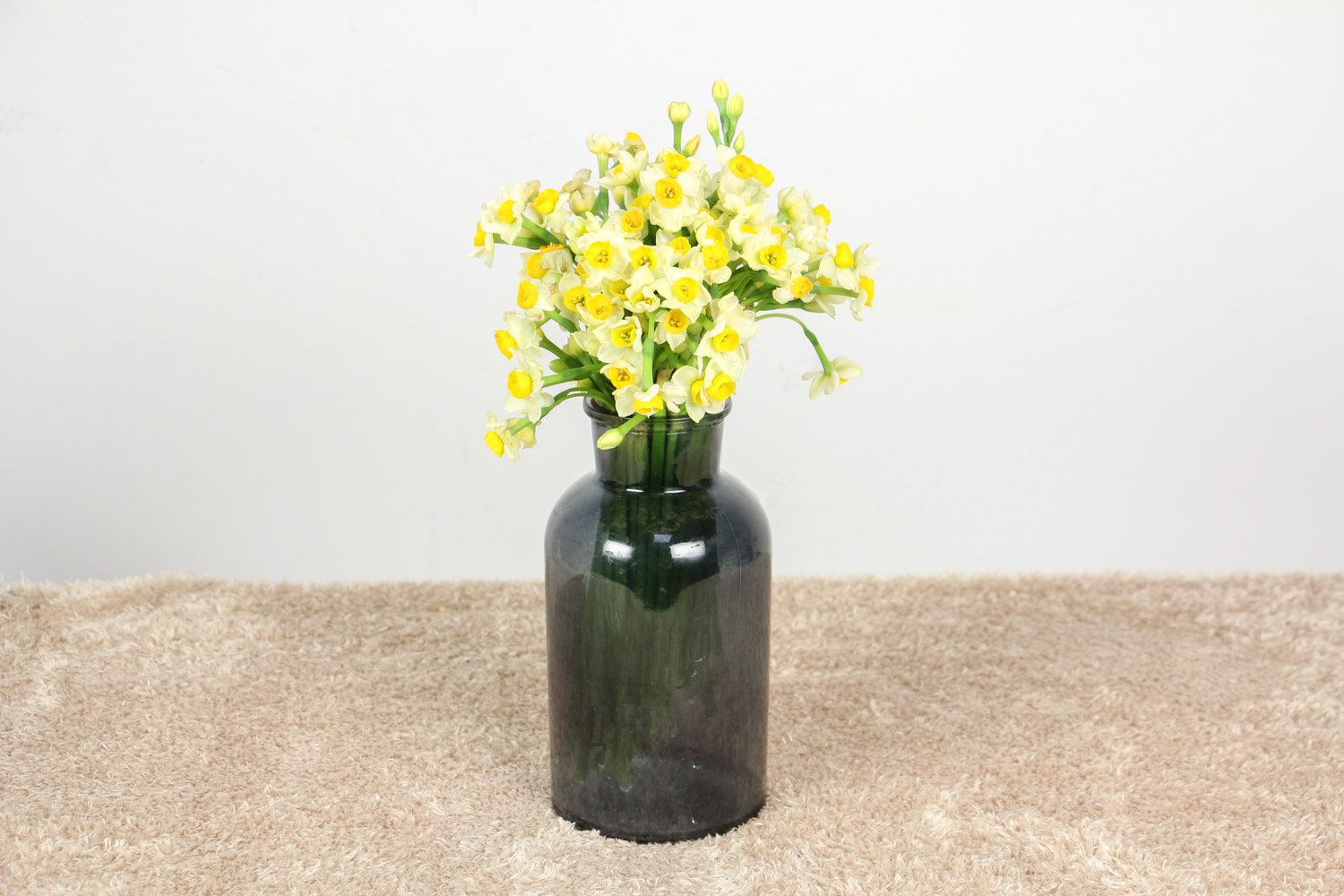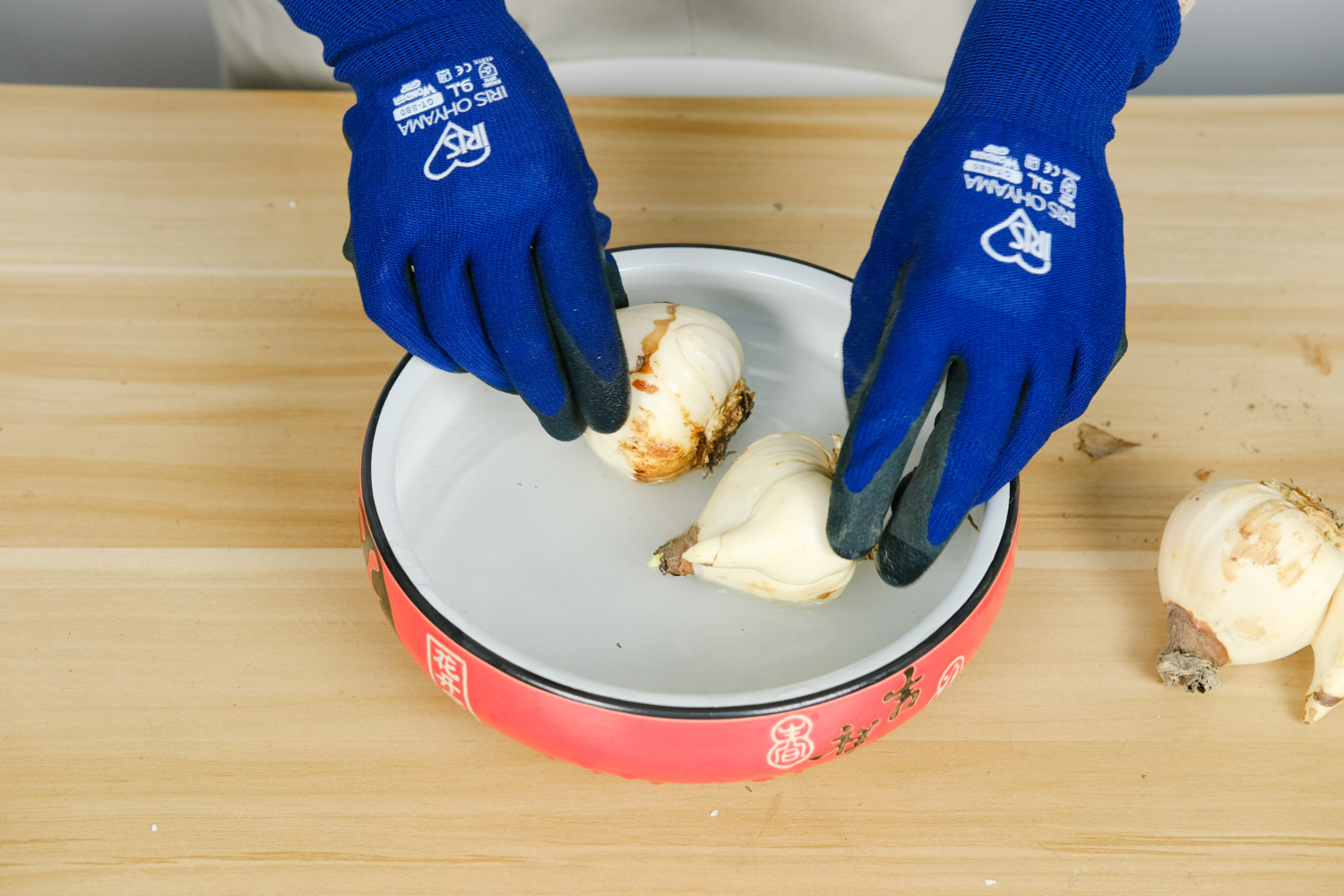1、 Breeding environment
1. Soil: daffodils like loose and well structured soil. Breathable and fertile sandy loam can be used
2. Water: it has high requirements for water. It should ensure sufficient water during its growth, and reduce water after it matures, because the metabolism is relatively weak at this time, and watering can even be stopped according to the moisture degree of the soil
3. Fertilization: nutrition will be almost completely consumed during pregnancy and bud, so appropriate fertilization should be applied during its growth
4. Light: give it about 10 hours of light every day, especially during growth. In autumn and winter, it can be directly placed outdoors to receive light

2、 Breeding method
1. Sowing and propagation: put the prepared soil into the seedbed, then put the seeds into the seedbed, cover it with a layer of sand, water and cover it with white glass, and then put it in a ventilated place. Spray water once every two days. After the seeds germinate, uncover the white glass and properly bask in the sun. After the seedlings grow about 2 true leaves, they can be planted separately, and they can be taken out and transplanted in the open field in autumn
2. Split bulb propagation: sun the dug bulb for about 2 days, and then put it in the ventilation position. Large scale cultivation is generally carried out in the open seedbed, and the seedlings will appear in about a month

3、 Common diseases and insect pests
1. Base rot: the bulb will appear brown rot, and even the whole bulb will become rotten. You can soak the bulb with carbendazim before planting
2. Nematode disease: stripes will appear after the leaves and flower stems are damaged, and the leaves will wither. You can dip them in formaldehyde before planting to prevent this disease


 how many times do yo...
how many times do yo... how many planted tre...
how many planted tre... how many pine trees ...
how many pine trees ... how many pecan trees...
how many pecan trees... how many plants comp...
how many plants comp... how many plants can ...
how many plants can ... how many plants and ...
how many plants and ... how many pepper plan...
how many pepper plan...



























